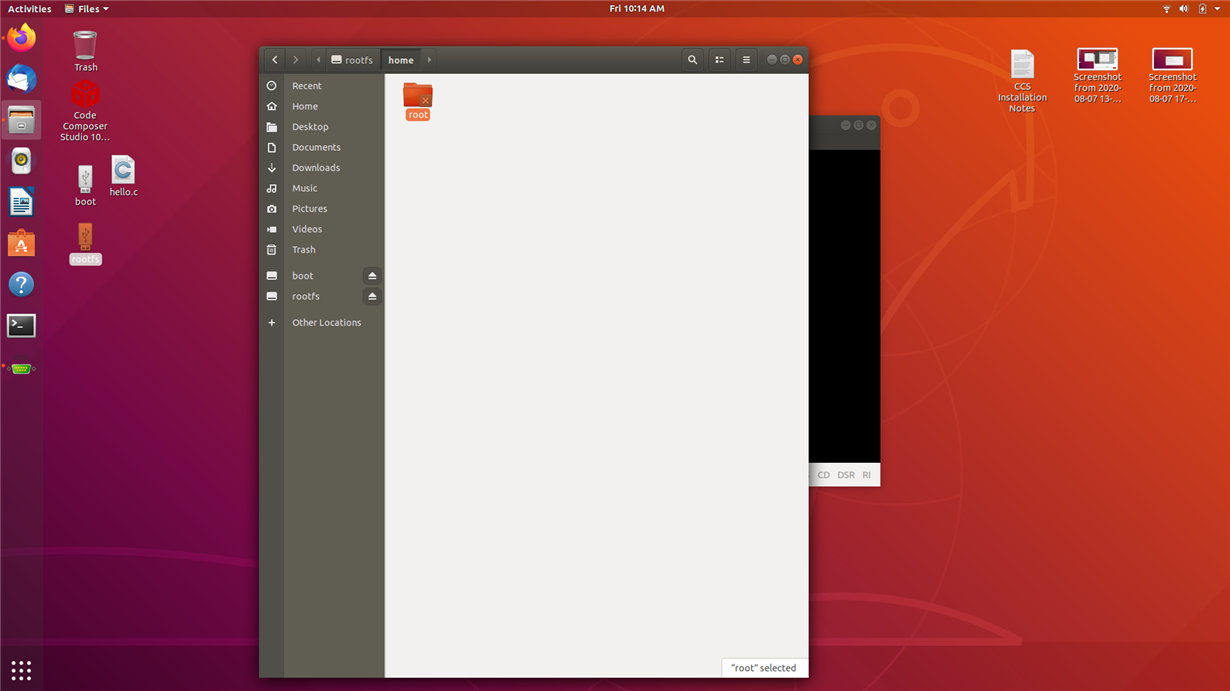Other Parts Discussed in Thread: OMAP-L138
Hello,
I'm working with the TMDSLCDK138 development pcb and trying to learn Linux as a beginner.
The board boots Linux ok and I can see the serial output in a terminal program on my host PC.
I have CCS v10 and the Linux SDK v6.03 installed on my computer.
I've gone through sections 1.1.4. Download and Install the SDK to 1.1.6. Run Setup Scripts, but after that the documentation seems to only describe how to continue with other boards, and not in a generic sense.
If I want to run a program on the ARM CPU which is also running Linux, I believe my next steps are the following.
1. Learn how to build a program in CCS for a cross compile and reference libraries that are only present in the environment the program will be running (some king of runtime link takes place?)
2. Get the program on the file system of the ARM CPU running Linux.
3. Tell the ARM CPU running Linux to execute the program.
4. Now learn how to debug a program running on the ARM CPU running Linux, I believe I have to look into gdbserver for this?
If anyone knows of any documentation, tutorials, or examples that would help in accomplishing these goals that would be great.
Thanks!


